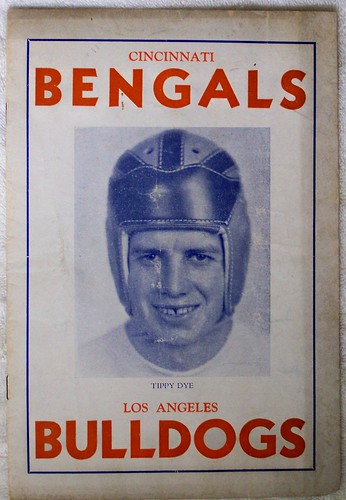Muck
Special Teams Player
I was a bit saddened to see that the passing of a man who was instrumental in Nebraska's change of fortunes on the gridiron was not mentioned on the board.
From Huskers.com:
"Bob Devaney was hired by Athletic Director William H. “Tippy” Dye after a search based on Dye’s stated goals of Nebraska’s being No. 1 in the nation in football and getting the best football coach in the country, regardless of who he was or where he was. Both goals were achieved."
How Tippy Dye Changed College Football

From Huskers.com:
"Bob Devaney was hired by Athletic Director William H. “Tippy” Dye after a search based on Dye’s stated goals of Nebraska’s being No. 1 in the nation in football and getting the best football coach in the country, regardless of who he was or where he was. Both goals were achieved."
How Tippy Dye Changed College Football

Tippy Dye changed college football. I’ll give you two reasons why, but let’s begin with a little background on Dye, who passed away on Wednesday at 97. He had an impact on college sports in three different incarnations: as a player, as a coach and as an administrator. Born in 1915 in Harrisonville, Oh., Dye was a two-sport star at Ohio State — basketball and football — from 1934-37. He took a brief foray into coaching after the end of his playing career, coaching at Brown and his alma mater from 1941-43, before serving in the Navy during World War II. Dye was actually a basketball coach: at Ohio State from 1946-50, winning 22 games in his final season, and at Washington from 1951-59, reaching the Final Four in 1953.
On the surface, it was in basketball that Dye left the biggest footprint. That’s not necessarily the case — not to diminish Dye’s lasting legacy with the Huskies, where he still ranks fourth on the school’s all-time wins list. Dye led Washington the Elite Eight in 1951 and the Final Four two years later; in the half-decade since, the Huskies haven’t advanced farther than the round of 16.
Forget basketball, however. Football: that’s where Dye cemented his legacy, even if his role in the history of two premier programs remains largely forgotten. One is his alma mater, Ohio State. The other is Nebraska, where he served as the athletic director from 1961-67.
.../snip/...
Last edited by a moderator:

